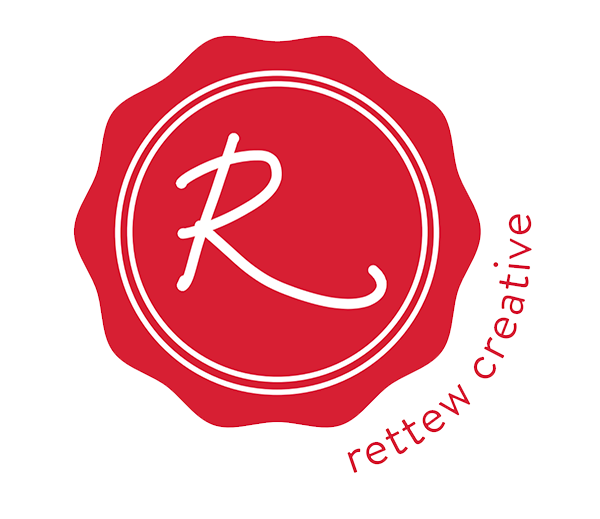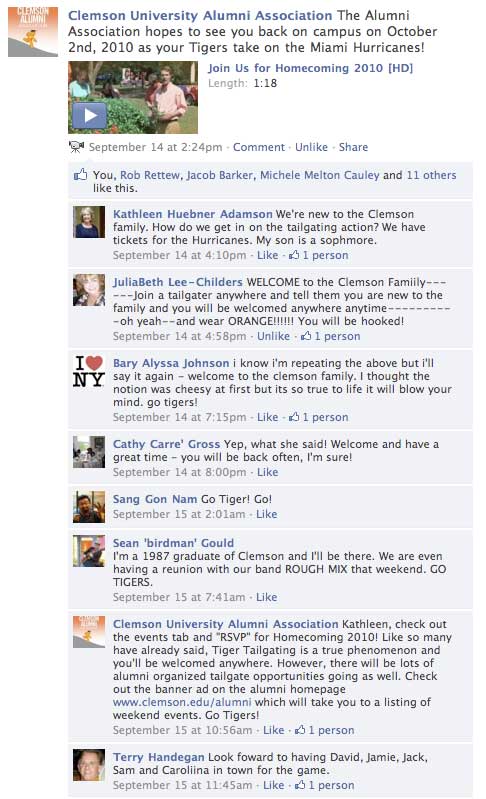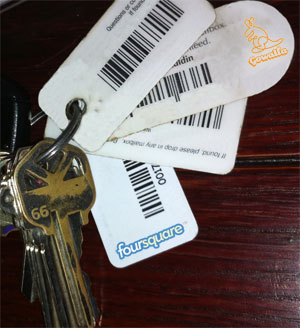Over the last month I have been diving into my work and stepping back from this digital community…basically observing. This digital community that has been coined as “Social Media” has been emerging for years, and there are so many contributors. The growth of digital connection points are inflating faster than an “e” ratio.
I think back to 1993 when I was first introduced to the “Internet” and “Electronic Mail.” It was a way to communicate with a college girlfriend at Appalachian State University in Boone. By the time I was a junior at Clemson in 1995, they were teaching some of the first web development courses and creating online Dungeon and Dragons for communities to interact. These digital community continued to grow and language continued to evolve, especially with the advent of online chatting like AOL Instant Messenger. There was a distinction between Synchronous and Asynchronous Communication. Bottomline, individuals began experiencing a digital divide that separated their thoughts from their audiences…it was called a keyboard and a computer screen. This was the enabler that allowed us to become empowered with our thoughts, ambitions, and the ability to engage in discourse that would not normally be socially accepted within an in-person interaction. This was the true beginning of the digital divide as we know it…the new social media revolution. A platform to freely express and lay claim to our thoughts…and the best part, we could turn it off when it was convenient for us as the author.
The New Digital Discourse Community has been growing for the last decade and has not only empowered movements, but given voice to those who were not willing to share previously. It began to coin the term “Thought Leadership” providing ample space for free-thinkers to gain a equitable landscape against those who owned it for so many years, the mass media outlets. The printing press did the same thing with the Bible, printing books against the will of the Catholic Church and now we use this online paradigm to lay claim to that same thought leadership.
Now…communities are growing all over. From Facebook, Twitter, NFL Fantasy Football Leagues, Ning, Blogs, and the list goes on and on. The discourse communities are growing faster and the conversation is more powerful with less words. Take a look at Twitter. Communities of conversations based on 140 characters. Hashtags that help us organize thoughts or organize like minded conversations. Language is evolving and it has nothing to do with abbreviations, it has everything to do with context. The context is the new age marketing paradigm that brings voice to small people and businesses of the world to compete against big box competitors.
Just imagine, at any point in time….you could enter one of these online groups, post a comment, picture, or video and be heard around the world instantly. Just ask those who used Twitter during the Haiti earthquake, they used it to be found…someone was listening and some responded. Communities of discourse, language being traded and now we are trying to not only leverage the language but the communities that exchange the language.
Let’s look at what Wikipedia terms as discourse community: The term discourse community links the terms discourse, a concept describing all forms of communication that contribute to a particular, institutionalized way of thinking; and community, which in this case refers to the people who use, and therefore help create, a particular discourse.
Leverage…we are leveraging the hopes of this and these communities. We are filling rooms of people, signing up clients, engaging conversations with those to pay us to help them with this discourse community. Why…for leverage. I am not complaining. I have clients that have paid me for my hands on training and knowledge to a truly un-defined marketing medium that is escalating faster than college course can be created. Hell, I am teaching students to use it to leverage others. But what are this or these discourse communities that we are talking about? Just another place to share knowledge, exchange ideas, leverage relationships, and gain market share…this discourse is the same discourse exchanged in a new, digital community…online. Are we really saving money by cutting printing costs for the new digital medium or just re-allocating resources for another marketing venue? I would be willing to bet that the communities built around traditional media, those same mediums being phased out for newer digital mediums, cost the same to run online. It costs money for servers, bandwidth, power, people and just as eco-non-friendly as cutting trees.
This is not a rant, yet an examination. It is not meant to diminish media(s) but to get right down to the core. We as practitioners must recognize the inherent value of media and the discourse communities that surround…and decide if it fits our needs. Most importantly, look at the discourse being exchanged in the communities surrounding these media(s), understand the language, and decide whether to interact or move on! It is more that just pulling out the whole fit the square peg in the round hole sales routine with Social Media. Look at the discourse being exchanged and let’s decide if we want to join the community.
If you have some thoughts, please let me know. I am noticing many people from the academic community are reading this blog post. Please share your thoughts!





